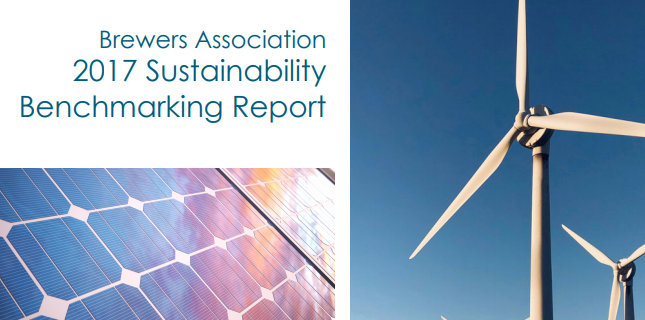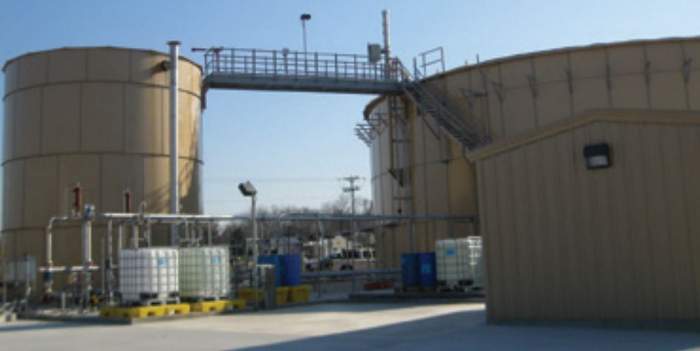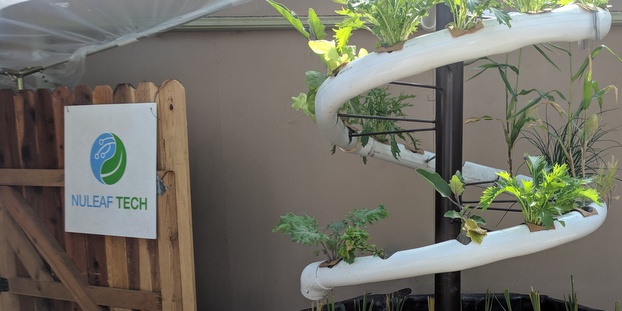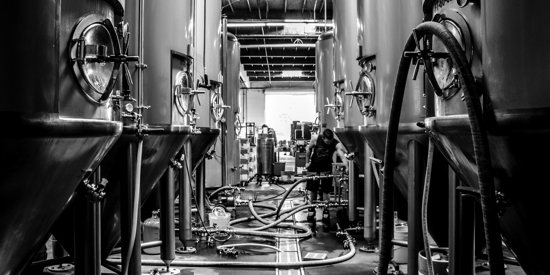Craft breweries seem like good stewards of the environment, but are they? If yes, in what ways? And if not, where could they improve? In its Sustainability Benchmarking Report, the Brewers Association (BA) gives us a glimpse into the craft brewing industry’s environmental performance, while identifying and sharing best practices.
The comprehensive study focuses on analysis of water, energy and emissions efficiency in the craft brewing industry. The study also provides meaningful comparison by showcasing facilities by production size, geographic region and market segment by documenting water use, energy use and total emissions normalized to barrels of beer packaged.
Some highlights!
- Renewable Energy: The amount of renewable energy usage reported by participating craft breweries has increased from 6 to 8 percent.
- CO2 Emissions: Craft breweries in the benchmarking database are focused on improving efficiencies as the primary means for reducing CO2 emissions.
- Wastewater: Many breweries have lowered their municipal wastewater charges by side-streaming high strength sources of wastewater for beneficial reuse as animal feed, energy feedstock and soil nutrient.
“Environmental stewardship is paramount for the health and vitality of the craft brewing community,” said John Stier, sustainability mentor, Brewers Association. “The craft brewing sector is defining their environmental footprint and the characteristics that influence resource consumption to continuously drive improvements in efficiency. The best performers showcased in this report can serve as an inspiration to others in the community who are making a concerted effort on sustainability. We urge brewers to take the time to understand their operations and optimizations of existing systems, to capitalize on production efficiency.”






Karli Olsen says
Lisa Becker